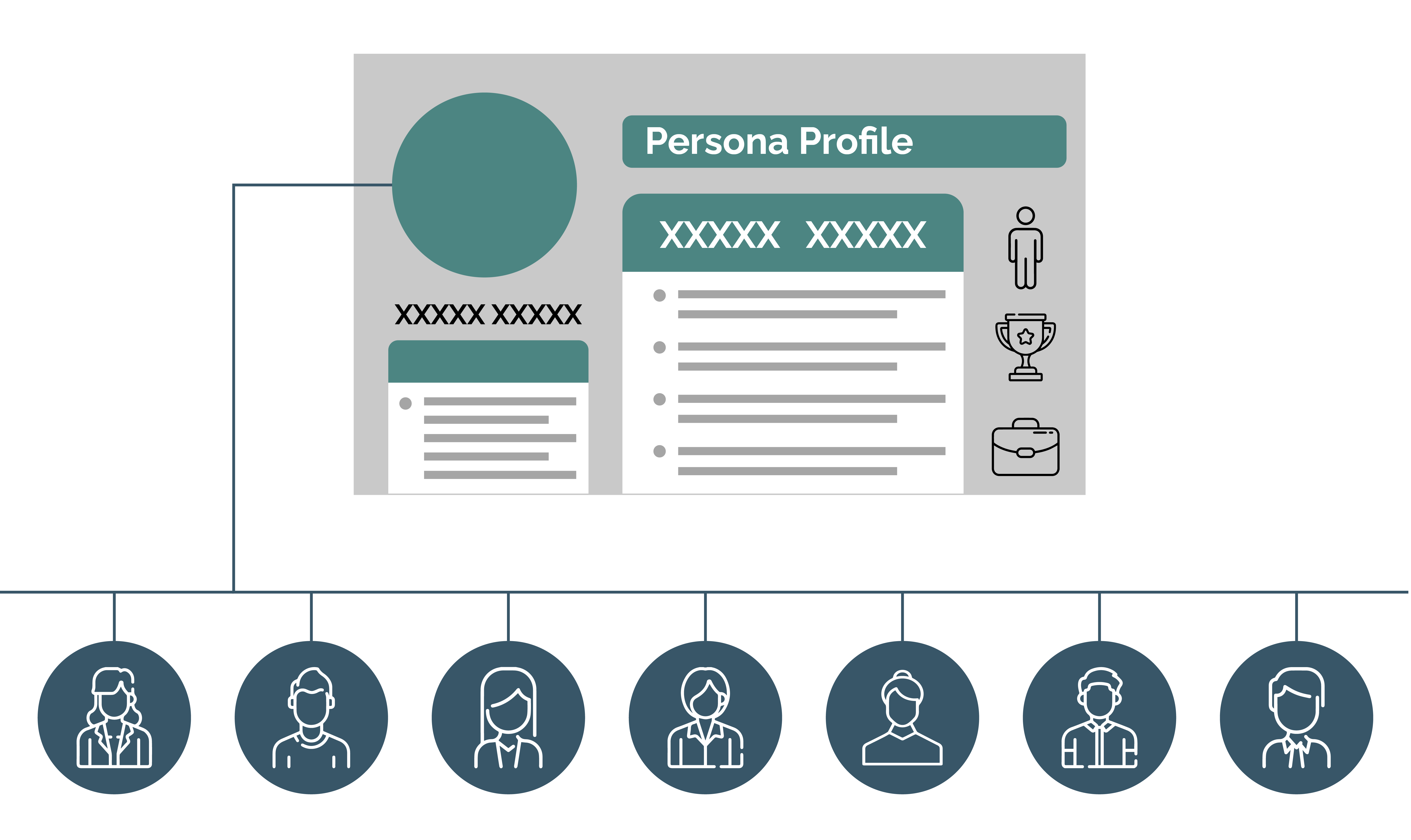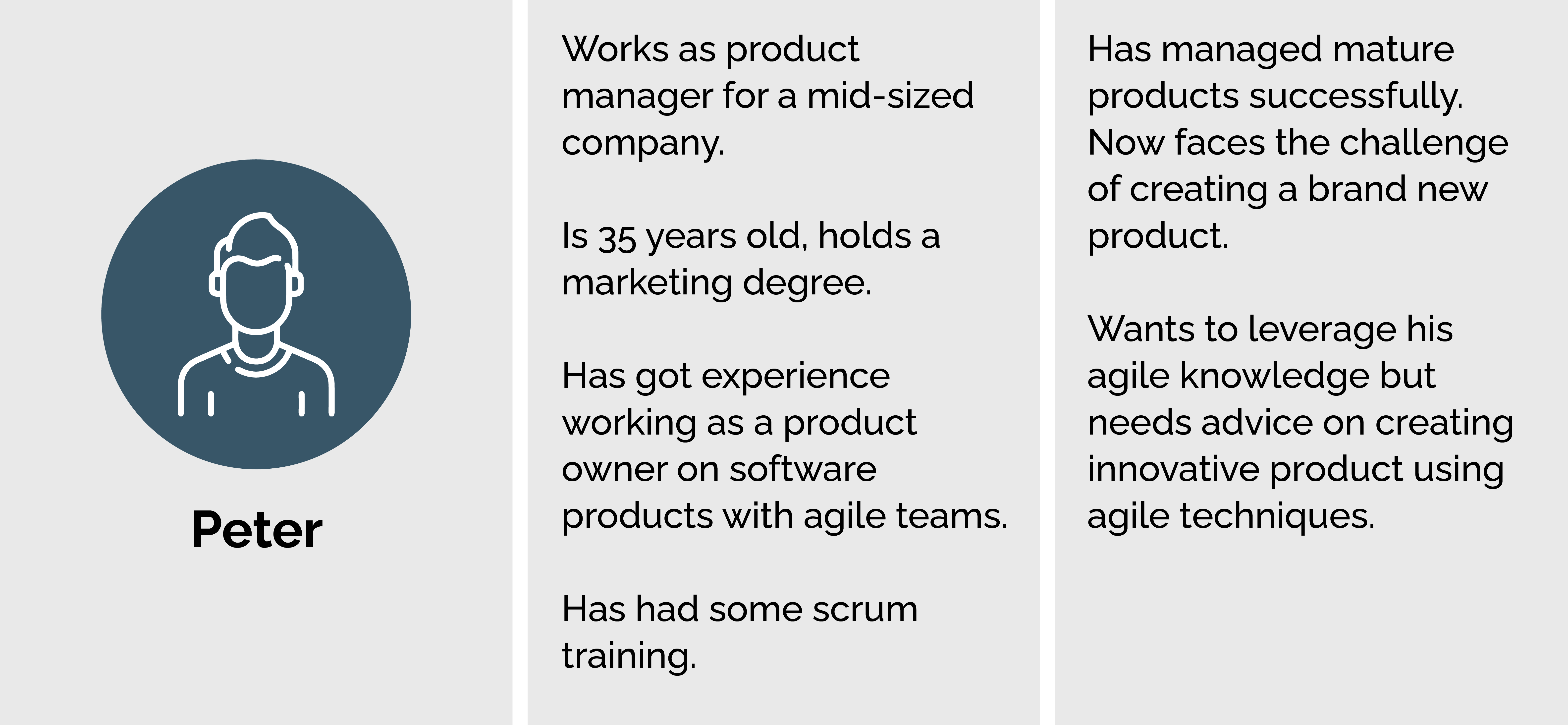In the world of UX and design, a ‘Persona’ is the embodiment of a particular user type. If you work in user experience, you may want to create personas based on the research you’ve done into your customer base to understand who uses your service or product and who might use it in the future.
By creating personas, you will be able to understand your user’s experiences, desires, goals, and behaviors. In this blog, we’ll be exploring everything you need to know about personas in design and how you can create your own engaging personas.

Personas in Design Thinking
As a designer, it can be quite easy sometimes to forget the big picture. You might become so consumed by the minutiae that you lose focus on the user. And the user is the most important part of any design process. How are you solving your users’ problems? How are you making their lives easier? What is the next step on the user journey?
These are the kinds of questions you can answer when you start creating personas. A persona will provide you with meaningful archetypes that will help you formulate your design development process. Then you can start asking the right questions and make the most of your customer base.
It is common for designers to start creating functional personas during the second phase, the ‘Define’ phase. In this phase of the design process, designers can synthesize their research from the first phase and start progressing with their large perspective on the end product. Using personas is one method that can allow designers to move easily from the ‘Define’ phase to the ‘Ideation’ phase. The personas will be the link and allow ideation sessions to be more focused and productive.
Different Perspectives on Personas
1. Goal-Directed Personas
This perspective is pretty straightforward because it’s also about what your users want. “What will the typical user want to do with my product?” That’s the key question you want to be asking yourself if you’re interested in a goal-directed persona.
The objective of a goal-directed persona is to take a close look at the process and the workflow that your user is likely to use to achieve their goals. This perspective can help you discover whether there are design elements that hinder the overall flow of interacting with your product or service. This perspective helps you get right down to the nitty gritty and examine what really matters to your users.
Goal-directed personas are largely inspired by American software designer and programmer Alan Cooper who is recognized as the “Father of Visual Basic.”
2. Engaging Personas
Approaching personas from an engaging perspective is about the ability of stories to produce connection, insight, and understanding. Humans have a great capacity for empathy when we are presented with a story. Through stores, it is possible to create vivid descriptions of fictitious people, things, and ideas.
The purpose of the engaging perspective is to use stories to help designers move beyond generic stereotypes and allow them to envision real personas interacting with their product, service, or site.
If you are struggling to understand a particular persona, you can adopt an engaging perspective to try to feel more connected with them.

3. Fictional Personas
The fictional persona is about using your past experiences with your customer base to create a picture of what a typical user looks like today. This process will be based on assumptions, data, and personal experience. As a result, these kinds of personas can be quite flawed and may show you exactly what not to do. They can be used as an initial sketch and, after more research and data collection, can adapt over time.
4. Role-Based Personas
A role-based perspective on personas is another way to help you focus on behavior. The personas that result from a role-based perspective are often driven by data from qualitative and quantitative sources.
Renowned computer researcher Jonathan Grudin and UX expert Tamara Adlin are both keen advocates of this approach to creating personas. By thinking about the roles users typically play in real life, designers can better understand their own roles. This perspective will also help teams make design decisions that encompass a variety of roles.
Steps to Creating Engaging Personas and Scenarios
- Collect targeted and relevant data
- Form a hypothesis
- Make sure everyone accepts the hypothesis
- Establish a number of personas
- Build and describe your personas
- Prepare situations for your personas
- Get acceptance from your organization
- Spread the knowledge
- Create valuable scenarios for your personas
- Make continuous ongoing adjustments
These few basic steps will help you create engaging personas that further your ideas and help you improve your design process. Each step is about getting to know your users and allowing your team to form a good idea of your audience.
Using Personas to Improve Design
Learning and exploring how personas function within design and UX will let you know how to get the most out of your team and your ideas. As well as engaging with the four different perspectives on personas and seeing where your view fits in, it’s worth following the steps we’ve laid out to help you create your personas and scenarios.
Please get in touch with our UX experts to learn more about the importance of personas in design and UX research.
Nothing found.